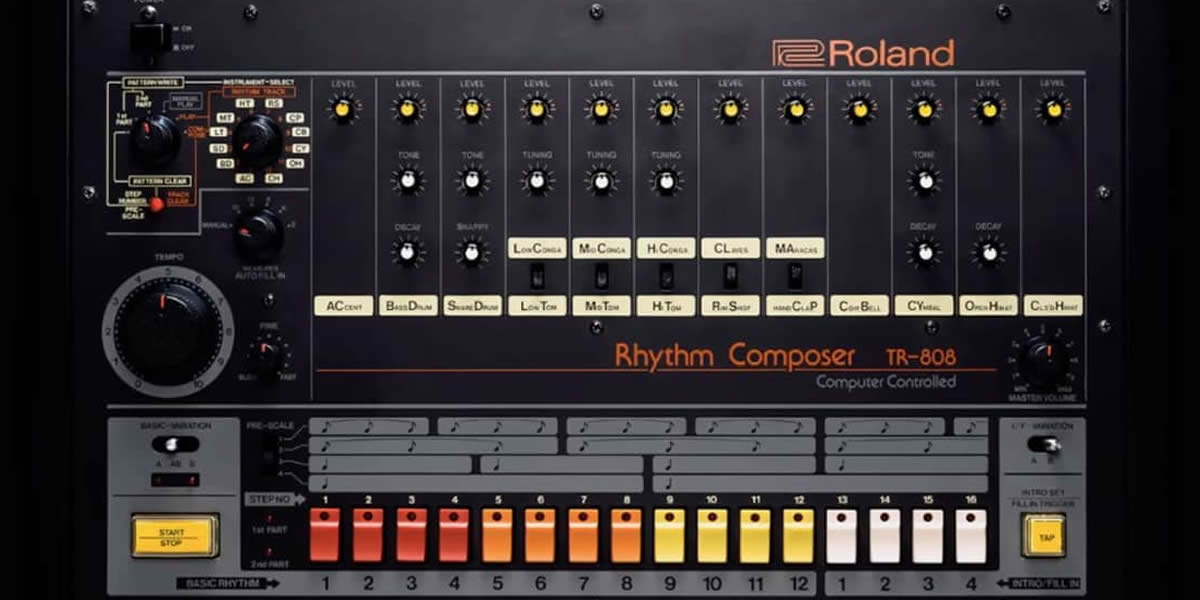The Sony Watchman and other portable TVs helped make entertainment more portable, and changed Home entertainment in the 80s.
The 80s saw a major cultural shift, especially when it came to home entertainment. Everybody was fascinated with convenience and mobility. And, consumer electronics continued to evolve in a manner that made them smaller and more portable. The idea of taking a television out of the living room, and into the hands of people across the country completely transformed how people engaged with entertainment. Portable TVs of the early 80s provided people with a new sense of freedom. It allowed them to watch TV shows, news, and sports on the go. These compact, battery-operated devices represented a more personalized and flexible form of entertainment in the 80s.
The Birth of Portable TVs in the 80s
The early 80s saw a surge in technological advancements, especially in consumer electronics. The economic growth of the decade, combined with the disposable incomes of the rising middle class led to an increased availability of new materials like LCDs displays. Portable TVs emerged as a natural progression from the bulky television sets at the time. Consumers wanted more flexibility in their media consumption and the portable television gave them just that.
The Sony Watchman was one of the most popular portable TVs of the 80s. But they weren’t the only manufacturer making them. Other popular brands such as Casio and Panasonic also developed their own models. Together, these 3 technological giants help to change the entertainment industry through miniaturizing technology. Yes, the first portable TVs were all black and white, but the average household still had black-and-white TVs until the mid-1980s. Nevertheless, these portable TVs allowed you to access television no matter where you went so that you would never miss your favorite television show.

Portable TVs were about Entertainment in the 80s on the Go
Portable TVs were all about entertainment on the go. But, they would not have been possible if it weren’t for an improvement in manufacturing efficiency, advancements in LCD technology, and the demand for personal electronics.
Manufacturing Efficiency and Entertainment in the 80s
The idea of small televisions was nothing new in the 70s and 80s. Quite the contrary, compared to today’s flatscreen televisions, many TVs during this era were quite small, often less than 12 inches. But, they were also mostly black and white. As technology improved, the efficiency of manufacturing allowed for the development of smaller components, that allowed manufacturers to shrink cathode rate tubes and power supplies. This helped make televisions lighter and more energy-efficient. It also helped them to miniaturize TVs into a portable form.
In 1982, Sony changed all that with the release of their Watchman. This was the first ever handheld design, that featured a black-and-white LCD screen. It was a very popular choice for consumers who wanted to watch television on the go. It featured a very compact size and battery-operated functionality, which made it the perfect size to slip into your back pocket. Finally, people had the ability to take their favorite TV shows with them wherever they went.

Advancements in LCD Design
But, the Sony Watchman would never have been possible if it weren’t for the many advancements in LCD design. It’s important to remember that all TVs at the time were powered by large cathode rate tubes. But LCD technology allowed for a clearer, thinner screen and a longer battery life. The first generation of portable TVs that were released during the late 70s and early 80s had very poor image quality. They also had short battery life and often used very large battery cells. But thanks to the introduction of smaller LCD screens this all changed.
In 1985, Casio released the Casio TV-21, which was a pocket TV that also featured an LCD screen. It was lighter, and more energy-efficient than any other portable TV at the time. Although the Casio and Sony had a much smaller viewing screen, the image quality was clearer when compared to the larger Panasonic TR-5040P unit that featured a 5-inch cathode ray tube. They were also much lighter.
The Rise of Personal Electronics in Entertainment in the 80s
The 80s saw a boom in personal electronic devices. Everyone had a Sony Walkman, and by the end of the 80s, virtually everyone had a Nintendo Game Boy. Portable TVs just seem to fit into this on-the-go culture. And, much like it had done with the Walkman, Sony released the Watchman to allow people to view their favorite shows on the go. This concept completely revolutionized entertainment in the 80s. It allowed people to watch their favorite games at tailgating events, and stay updated on the latest news when they were traveling across the country. More importantly, portable TVs like the Sony Watchman laid the foundation for the always-connected mindset that dominates consumer electronics today.

The Big-3 of Portable Entertainment in the 80s
Naturally, the most iconic name behind the portable TV revolution was Sony. It featured a very compact handheld design that was originally envisioned by Sony’s president, Norio Ohga. He had been instrumental in the development of the Walkman and wanted to create other portable entertainment devices to revolutionize how customers interacted with media. Sony committed itself to designing the most functional portable TVs of the time. Eventually, Casio would release its own portable TV using similar LCD technology. And while Panasonic had already been manufacturing portable TVs with cathode ray tubes, they too would eventually follow the LCD trend.
Portable TVs – Paving the Way for Smartphones
Believe it or not, portable TVs had a profound impact on how people consumed entertainment in the 80s. They offered people a new level of mobility and convenience. This idea of mobility and convenience had been previously unavailable. And, the innovation allowed people to watch television in ways that were not tied to traditional spaces like living rooms. This made it possible to tune into live broadcasts at a picnic, in the car, or on the train. Moreover, the existence of portable TVs in the 80s helped to lay the groundwork for the mobile streaming culture of today.
In fact, the portable television paved the way for modern devices such as smartphones and tablets. Of course, these offer a much more advanced version of the mobile entertainment experience when compared to the devices of the 80s. Nevertheless, they still serve the same purpose – to provide instant access to media.
Conclusion
Portable TVs were a revolutionary product in the 80s, and they changed entertainment in the 80s forever. Their existence reflected the decade’s emphasis on technological innovation and personalized entertainment. Portable TVs such as the Sony Watchman allowed people to take their favorite television shows with them wherever they went. And they became a symbol of convenience, freedom, and the future of media consumption. Although portable TVs have long since been replaced by more advanced devices like smartphones and tablets, the concept of on-demand entertainment still rings true today.





